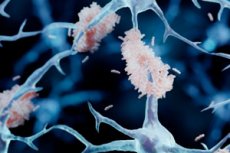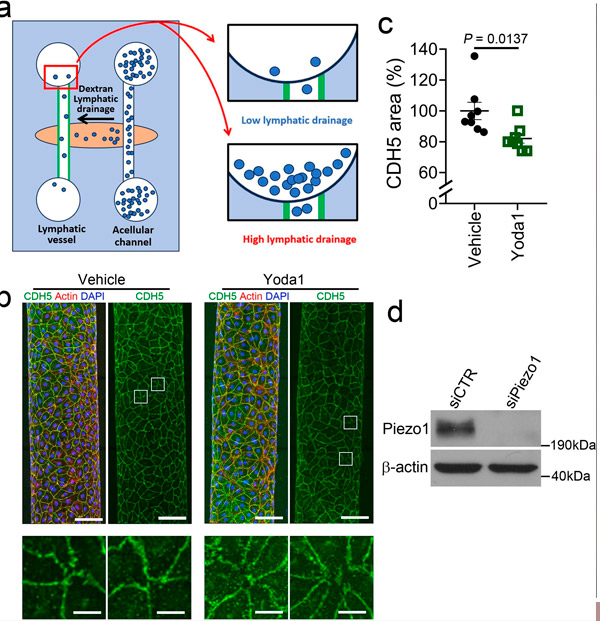New publications
A drug has been discovered that may delay the onset of Alzheimer's and Parkinson's disease
Last reviewed: 02.07.2025

All iLive content is medically reviewed or fact checked to ensure as much factual accuracy as possible.
We have strict sourcing guidelines and only link to reputable media sites, academic research institutions and, whenever possible, medically peer reviewed studies. Note that the numbers in parentheses ([1], [2], etc.) are clickable links to these studies.
If you feel that any of our content is inaccurate, out-of-date, or otherwise questionable, please select it and press Ctrl + Enter.

A researcher in the Department of Surgery at the Keck School of Medicine at the University of Southern California (USC) has identified a potential breakthrough in delaying the onset of Alzheimer's and Parkinson's diseases and treating hydrocephalus. Young-Kwon Hong, PhD, director of basic research in the Department of Surgery, and his team have developed a drug that may help clear fluid and cellular debris from the brain.
Like the body, the brain has its own lymphatic system that removes cellular waste. “It’s like a sewer system, and it needs to drain well to keep everything running and clean,” Hong explained. When the brain’s lymphatic system doesn’t drain properly, fluid and debris can build up. Fluid buildup means there’s less room for the cerebrospinal fluid, which cushions and nourishes the brain.
Hydrocephalus is a buildup of fluid in the brain. This fluid can put pressure on both the skull and the brain itself. Because the bones of the skull are not fully developed in children, hydrocephalus can cause deformity of the skull and possible damage to the growing brain.
In adults, hydrocephalus causes the brain to press against the hardened skull, leading to headaches and symptoms ranging from vision problems to difficulty with coordination and cognitive problems. Parkinson's and Alzheimer's diseases have many causes, but the buildup of waste and plaque in the brain is a significant factor in each.
The advantage of bigger pipes Hong's team theorized that they could speed up the drainage of fluid and waste from the brain. "Think of a kitchen sink that drains too slowly because of a two-inch diameter pipe," he said. "We can give you a four-inch diameter pipe." Hong's team first developed the idea of manually stimulating the drainage process, and then they developed a compound that causes the lymphatic vessels to increase in diameter.

Piezo1 activation decreases CDH5-stained area and increases drainage in simulated lymphatic vessels on a polydimethylsiloxane (PDMS) chip. (a) Schematic illustration of the 3D lymphatic vessel model used in this study. (b) Fluorescent confocal images of engineered lymphatic vessels stained for F-actin and CDH5. (c) Relative area of cell junctions stained for CDH5. (d) Western blot analysis confirming effective downregulation of Piezo1 in lymphatic endothelial cells (LECs) prepared for drainage measurements. Source: Nature Neuroscience (2024). DOI: 10.1038/s41593-024-01604-8
Hong's research was published in the journal Nature Neuroscience in March of this year, and he and his team continue to work on this exciting development.
What’s unusual about this story is that, despite decades of experience in medical and surgical research, Hong had no previous experience in neuroscience research—all of his work had been below the neck. He found inspiration for this project in a church.
One of his congregation members had adult hydrocephalus and experienced sudden vision loss while driving on the freeway. When Hong heard about the incident, he felt he had to help. "I felt a spiritual calling. I had to do something."
Hong noted that despite his first foray into neuroscience research, everything came together and worked remarkably well. And, of course, there was the potential to help millions of people around the world. "It was incredible," he said. "It was the perfect combination of science and faith."
